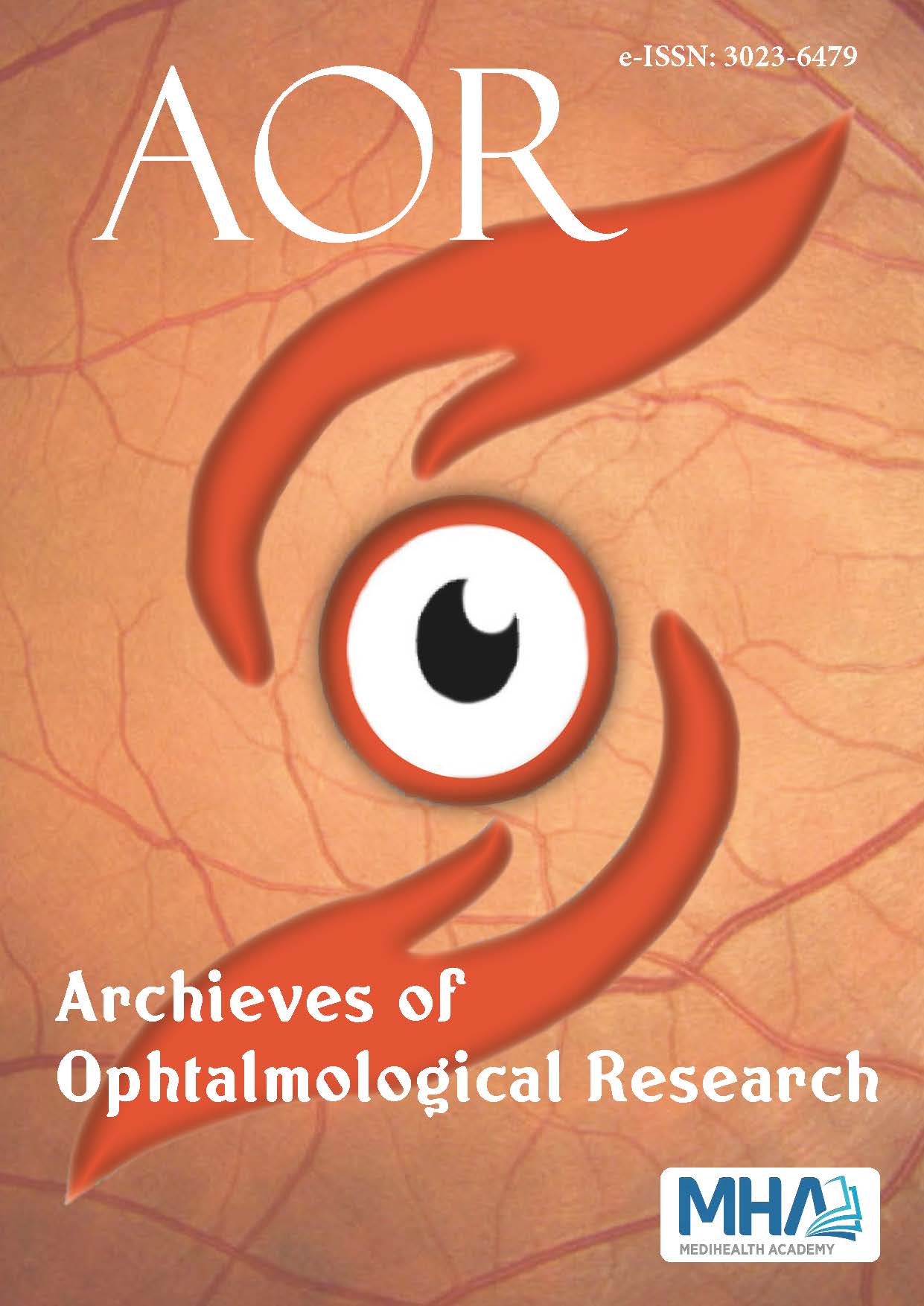1. Kershner RM. Sutureless one-handed intercapsular phacoemulsification.The keyhole technique. J Cataract Refract Surg. 1991;17:719-725.
2. Drexler W, Findl O, Menapace R. Partial coherence interferometry: anovel approach to biometry in cataract surgery. Am J Ophthalmology.1998;126(4):524-534.
3. Bellucci R. Multifocal intraocular lenses. Curr Opin Ophthalmol. 2005;16(1):33-37.
4. Bland JM, Altman DG. Statistical methods for assessing agreementbetween two methods of clinical measurement. Lancet. 1986;1(8476):307-310.
5. Raj PS, Ilango B, Watson A. Measurement of axial length in thecalculation of intraocular lens power. Eye (London). 1986;12:227-229.
6. Berges O, Puech M, Assouline M, Letenneur L, Gastellu-Etchegorry M.B-mode guided vector A-mode versus A-mode biometry to determineaxial length and intraocular lens power. J Cataract Refract Surg. 1998;24:529-535.
7. Sheng H, Bottjer CA, Bullimore MA. Ocular component measurementusing the Zeiss IOLMaster. Optom Vis Sci. 2004;81:27-34.
8. Eleftheriadis H. IOLMaster biometry: refractive results of 100consecutive cases. Br J Ophthalmolgy. 2003;87:960-963.
9. Olsen T. Calculation of intraocular lens power: a review. ActaOphthalmolgy. 2007;85:472-485.
10. Buckhurst PJ, Wolffsohn JS, Shah S, Naroo SA, Davies LN, Berrow EJ. Anew optical low coherence reflectometry device for ocular biometry incataract patients. British J Ophthalmol. 2009;93(7):949-953.
11. Roncevic MB, Busic M, Cima I. Comparison of optical low-coherencereflectometry and applanation ultrasound biometry on intraocular lenspower calculation Graefes Arch Clin Exp Ophthalmol. 2011;249:69-75.
12. Huang J, Savini G. Evaluation of a new optical biometry devicefor measurements of ocular components and its comparison withIOLMaster. British J Ophthalmol. 2014;98(9):1277-1281.
13. Patel R, Pandit R. Comparison of anterior chamber depthmeasurements from the Galiei dual scheimplug analyzer withIOLMaster. J Ophthalmol. 2012;2012:430249.
14. Savini G, Hoffer KJ. Anterior chamber and aqueous depth measurementin pseudophakic eyes: agreement between ultrasound biometry andscheimpflug imaging. J Refract Surgery. 2013;29(2):121-125.
15. Akkaya Turhan S, Toker E. Comparison of immersion ultrasoundbiometry and optical LowCoherence reflectometry for intraocular lenspower calculation. Glokom-Katarakt. 2012;7:219-223.
16. Can E, Duran M. comparison of measurements with optical lowcoherence reflectometry and contact ultrasound biometry. Glokom-Katarakt. 2015;10:33-36.
17. Roy A, Das S, Sahu SK, Rath S. Ultrasound biometry vs. IOL Master.Ophthalmology. 2012;119(9):1937.e1-1937.e19372. doi:10.1016/j.ophtha.2012.06.006
18. Lundström M, Barry P, Henry Y, Rosen P, Stenevi U. Evidence-based guidelines for cataract surgery: guidelines based on data in theEuropean Registry of Quality Outcomes for Cataract and RefractiveSurgery database. J Cataract Refract Surg. 2012;38(6):1086-1093.
19. Rajan MS, Keilhorn I, Bell JA. Partial coherence laser interferometryvs conventional ultrasound biometry in intraocular lens powercalculations. Eye (Lond). 2002;16(5):552-556.

